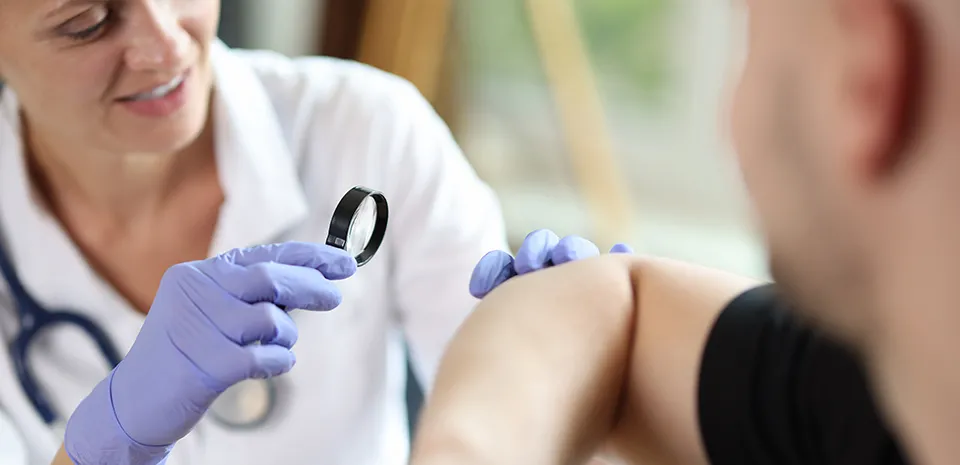Dermatology
Skin diseases and disorders can severely impact your confidence. We can help. Our dermatology team helps you look and feel your best.
Why Choose Us for Dermatology Care?
Access to Advanced Technology
Our dermatologists use the most up-to-date treatment options and diagnostic breakthroughs. You can feel confident you are getting the latest treatment from a team of experienced specialists.
Personalized Care
You receive care designed for you. Your team develops your treatment plan based on your needs, health, lifestyle and goals.
Outpatient Services
All of our dermatology services are outpatient, so you go home the same day as the procedure. This approach helps you get back to your life faster.

Harrington at Sturbridge
198 Charlton Road,
Sturbridge, MA 10566

Westborough Dermatology
154 East Main Street Suite 204,
Westborough, MA 01581
HealthAlliance-Clinton Hospital - Clinton Campus
201 Highland Street,
Clinton, MA 01510
HealthAlliance-Clinton Hospital - Leominster Campus
60 Hospital Road,
Leominster, MA 01453
UMass Memorial Medical Center - University Campus
55 Lake Avenue North,
Worcester, MA 01655
UMass Memorial Medical Center - Memorial Campus
119 Belmont Street,
Worcester, MA 01605
Get Started
Call 855-UMASS-MD or request an appointment with a dermatologist.





